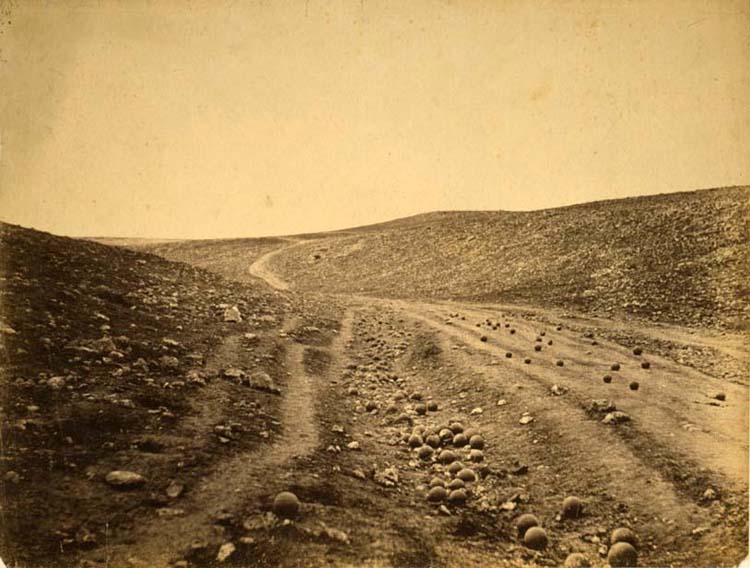When reading Gaskell’s Mary
Barton for the first time I was struck by the characterisation of John
Barton. Barton is wholly infatuated by his idea of inequality between the
working classes and the factory owners within the Manchester area. I became interested in the motivation behind
his discontent; what would make a man commit the acts Barton does?
As such, my original
intention for this blog was to explore Chartist Propaganda. I wanted to uncover
any possible triggers for any physical violence that may have ensued due to
Chartist beliefs in the Victorian era. In order to do this I visited the
British Library; I was looking to obtain a copy of the Northern Star, in which I hoped to find examples of inflammatory
statements. However upon my arrival at the British Library I was to be disappointed;
they told me that they didn't hold any of their newspapers in the Library
itself. I had to change my aim as a result of this; I did some research and
uncovered a couple of satirical sources from Punch! I found it interesting that such a serious subject could be
satirised and I desired to make a comparison between the satirical tones of the
Punch! cartoons and the underlying
seriousness of Gaskell’s work. In order to do this I isolated some quotes from Mary Barton which I felt would stand
well in comparison with the sources.
“I wish to impress
what the workman feels and thinks… there are earnest men among these people,
men who have endured wrongs without complaining, but without… forgetting or
forgiving those who have caused this woe” (Mary
Barton, 24)
 |
| "Not So Very Unreasonable!!! Eh?" |
The Punch! source to the left depicts a member of the chartists presenting John Russell, the prime minister at the time, with a petition. The figures are presented in a surprising manner; the chartist is considerably larger than the man supposedly in power. The Charter he holds is almost superfluous in size. The words expressed at the bottom of the source, “Not So Very Unreasonable!!! Eh?” suggest that the artist (Leech) is satirising the meeting between the two men. It could be argued that Leech has presented these ideas in such a manner to favour the Chartist movement. The Charter is large due to the amount of signatures that supposedly fill it; the evidence for the need for change is great, yet still it is ignored.
It is in this ignorance that Gaskell’s statement becomes significant. She is giving a voice to men who have no way of voicing their opinions themselves. She is providing a warning to those in power (i.e. John Russell). The idea that the men endure “without… forgetting or forgiving” is quite foreboding; under Leech’s satirical idea lies a very serious notion. Gaskell constantly alludes to the lack of empathy between the factory owners and the factory workers in Manchester. Her statement brings to light an important issue; the treatment of the working classes at this time is driving a gulf between themselves and their employers which, if not closed, could possibly be irreparable.
“[Barton] could bear and endure much without complaining could he also
see that his employers were bearing their share” (Mary Barton, 24)
 |
| "Now Mind You Know- If I Kill You, It's Nothing But If You Kill Me, By Jingo It's Murder!" |
Depiction of the Rich
VS the Depiction of the Poor
Gaskell depicts this disparity between the two classes most
fervently in her work when describing the seemingly insignificant pursuits of
the factory owners in her novel. This is most apparent in her portrayal of Amy;
Mr Carson’s sixteen year old daughter. She expresses her desire for a rose in
passionate terms, “you know you did go and forget to ask Bigland for that rose…
Papa will give it to me… he knows his little daughter can’t live without
flowers and scents” (68). While this is happening Gaskell’s main protagonists
are embroiled in trials which are literally a matter of life and death. Gaskell’s
depiction of Mr Davenport’s death is hugely significant, she describes how “the
fearful clay colour of death was over all… they stood round him, still and
silent; even the wife checked her sobs, though her heart was likely to break”
(71). The description of death as “clay coloured” serves to emphasise the
disdain which this event embodies; it is plain and direct. The contrast between
the two events is deliberate; Gaskell seems to implore the reader to sympathise
with the poorer class in this instance. This idea is most clear when Davenport
himself states, “O Lord God” I thank thee that the hard struggle of living is
over” (71). This is highly emotive; there is a definitive sense of desperation
about the state of the working classes here.
 |
| Kennington Common Mass Meeting, 1848 |
Leech’s Punch! cartoons are indeed satirical but through Gaskell one is made aware of the very reality of the issues which they wish to portray. It is satire with a very real message at its heart.
A Real Demonstration:
Kennington Common Mass Meeting
The reality of these issues was arguably shown
on April 10th 1848, wherein “it was claimed that over 300,000
assembled at Kennington Common” (Simkin, 1997-2013). The workers then went on
to present a petition which allegedly held over” 1,975,496” signatures (Simkin,
1997-2013). The protest was peaceful, but it certainly highlights the working classes
desire for change.






























